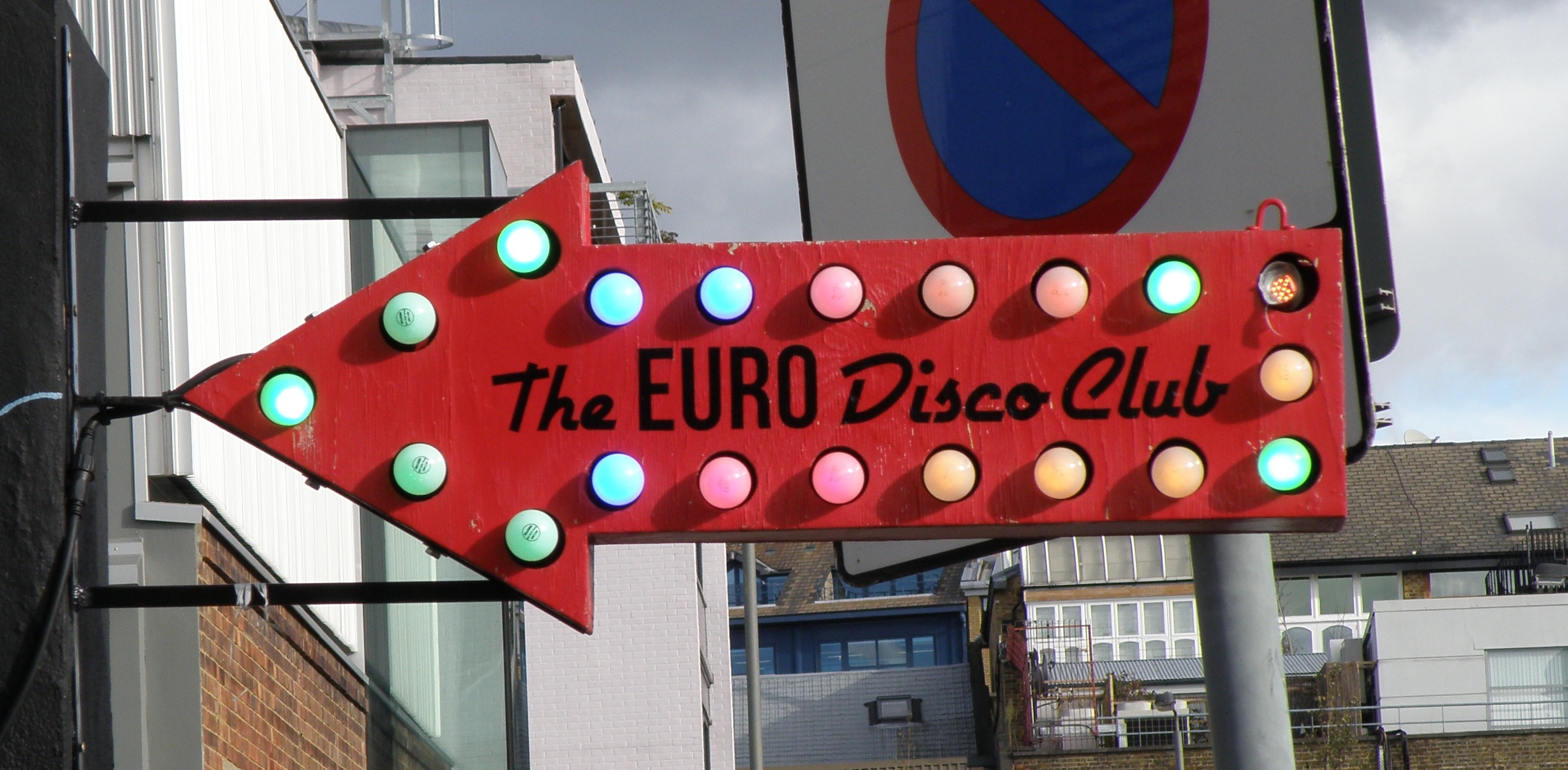In pop music, much as in fashion, revivals are marked by a unique mixture of ignorance and nostalgia. The sounds and songs of yesterday are only successfully revived when audiences are divided about 50/50 between people who lived through the original era and kids to whom it all sounds fresh and new (if comfortingly familiar somehow). This means that musical genres can be dusted off every 25 years or so—say, when anniversary editions or write-ups appear, or when new artists emerge who’ve immersed themselves in records that are at that point ‘forgotten’ or even derided. 2013, for instance, has seen a newfound interest in two genres that have been mostly dormant since their critical and popular 90s heyday: trip hop, a Bristol-born musical genre clubbed to death by overexposure in coffee shops and boutiques, and (for lack of a better term) ‘indie rock’, and by that I mean the mildly dissonant, charmingly ramshackle, and highly dynamic guitar-based variety as made popular by bands like Pavement and the Breeders, not the more produced and community-oriented music of Death Cab or Arcade Fire.
These, however, are not the only 90s sounds now making their way onto Spotify and Songza and SoundCloud and so on, we’re also seeing a revival of Eurodance, a not-quite genre of very popular dance music that once ruled the European (and global) airwaves (back when those were still relevant). The current UK number one, for instance, Bastille’s “Into the Night”, repurposes Snap!’s “Rhythm is a Dancer” from 1992 and Corona’s “The Rhythm of the Night” from 1993. Whereas listening to those old trip hop or indie rock albums takes me back to my early days as a connoisseur of cool obsessing over American and British magazines (back when those were still relevant), listening to the original tracks of that Bastille hit immediately flashes me back to my uncool self. Me at 12, 13, 14, mostly aware of pop music as something you watched on TV (back when MTV was still relevant) or danced to at school dances (I seem to recall 3 or 4 a year; rare enough to have my friends debate for weeks on what to wear and where to stay over afterwards, not rare enough to be scared of them).
What was so special about that era of pop music is that despite the fact that most of these songs were performed in English by singers and rappers of color that were ostensibly of American extraction, they were actually far more global in origin. Take Snap!, the brainchild of German producers Luca Anzilotti and Michael Münzing, who at first called themselves Benito Benites and John “Virgo” Garrett III to avoid the perceived stigma of German uncoolness—Kraftwerk and Nena notwithstanding. Corona, on the other hand, was a project of Italian producer Francesco “Checco” Bontempi (who also went under the alias “Lee Marrow”) fronted by Brazilian singer Olga Souza (though “Rhythm” was sung by Giovanna Bersola, the mostly unknown Italian singer who also provided the vocals for Playahitty’s “The Summer is Magic”).
After some more research, I found that “Rhythm” isn’t just an Italian product, though, as it also samples Bizarre Inc.’s “Playing With Knives” (UK) and takes most of the verses’ melody from “Save Me” by the otherwise forgotten Say When! from Holland. The internationally deep-rooted song has aged well, it seems, appearing in a strange Spanish version (imaginatively retitled “I have a boyfriend from Hawaii“), drowned in broody atmospherics by Swedes Old Amica, and turned into a Kings of Convenience-type acoustic swinger by Italian popsters Ex-Otago below.
In the early 90s, perhaps not coincidentally also the high point of pro-European sentiment after the fall of the Wall and the birth of the EU though the Maastricht Treaty, pop charts all over the continent might as easily have been branded with that big blue flag with yellow stars on them. Think about it, we got 2 Unlimited and Technotronic representing the lowlands of Belgium and the Netherlands, Black Box and Cappella from Italy, Haddaway and U96 from Germany, Denmark gave us Whigfield, and Sweden (a never-ending wellspring of glorious pop since it won Eurovision in 1974 with ABBA’s “Waterloo”) gave us Ace of Base (THANK YOU) and Leila K. and Army of Lovers and Robyn (yes, she’s been around since 1994, when she was 15).
Due to their simplistic lyrics and 4/4 beat, these Eurodance smashes were also easily exportable to non-disco-fearing continents such as Asia and Africa, not to mention the former Commonwealth. A look at the European charts from those years reveals that amidst all the Whitney and Michael Jackson and Coolio about half (if not more) of the hit songs then were European in origin—a fact that now, almost twenty years later, seems astonishing amidst the Vevo-isation of international pop, where a 16-year-old singer-songwriter from New Zealand can release her first songs at the beginning of a summer and then end the year on top of charts and critics’ polls around the world. Now, does this culture of global pop immanence mean we won’t ever have those delightful Europudding charts again?
Yes and no (jein, as the Germans would say), for even now when you delve deeper into producer credits you can note that Taylor Swift, for instance, sometimes partners with Max Martin, a Swedish songwriter and producer who merits a whole series of posts here by himself. Yet the most important thing is that this Americo-Swedish hegemony over pop music is still tested now and then, either by cheeky British boy bands such as One Direction or by genuinely original artists like dabke ‘wedding singer’ Omar Souleyman, Japanese bedroom-popster Cuushe, the Tuareg blues of Bombino, or the aforementioned Lorde. It is our responsibility to look beyond the suggested clips on the right of our current YouTube choice, to dig deeper and see what deserves revival, what moves your bones, what merits your clicks.
CC image at the top courtesy of Matt Watts, Flickr

